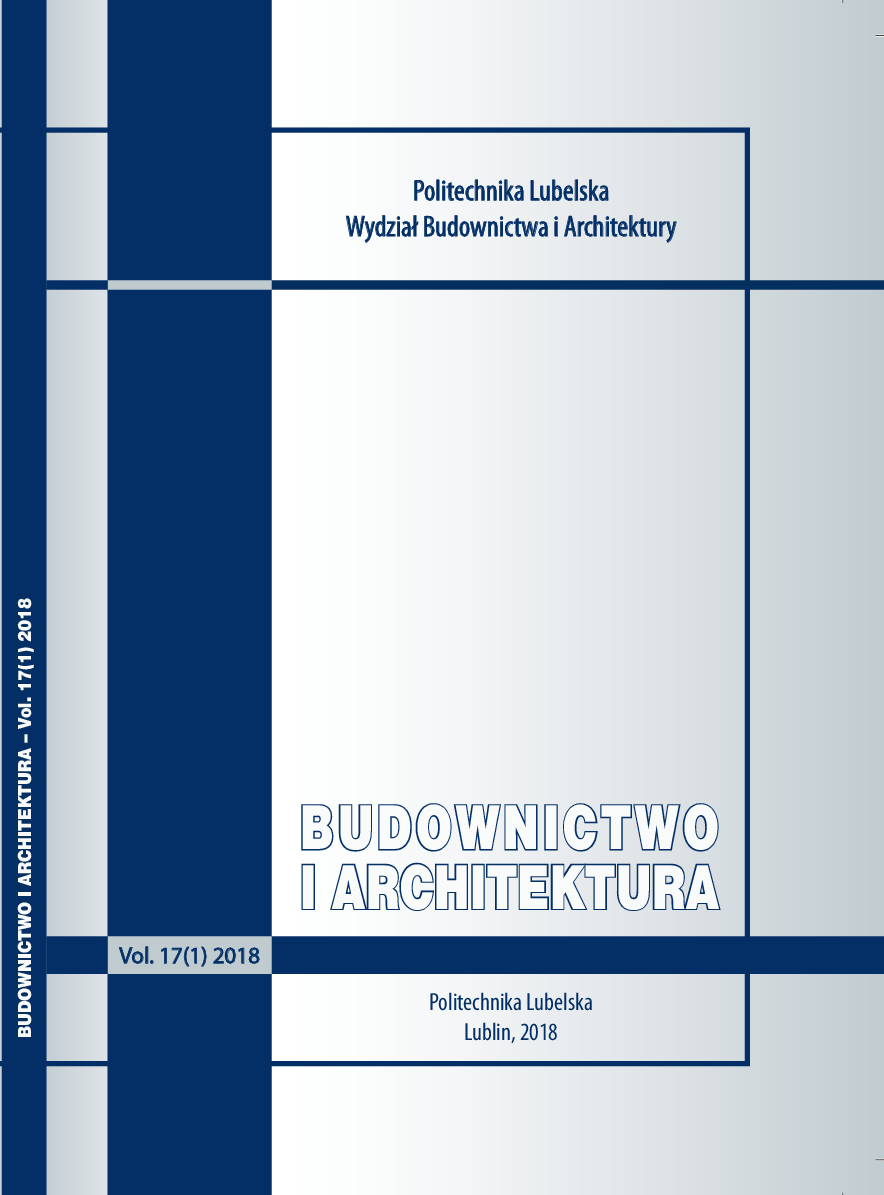Synergia w nieidealnym mieście „idealnym” – próby integrowania Zamościa
Synergy in non-ideal „ideal city” – the attempts to integrate Zamość
Author(s): Jan WranaSubject(s): Architecture, Regional Geography
Published by: Biblioteka Politechniki Lubelskiej
Keywords: ideal city; coherent city; caring for the quality of urban space; synergy
Summary/Abstract: Zamość – realised dream of the great Hetman of the Crown, Jan Zamoyski (1542-1605) is a renaissance “ideal city”, which dates back to the year 1579 – the beginning of city construction in accordance with the project of the Italian architect, Bernardo Morando (1540-1600). In the layout of the city back in those times one can see the references to the theoretical works of Pietro Cataneo and Giorgio Marini. As early as in 1580, Zamość received municipal rights, and after eight years it became the capital of the Zamoyski Family Fee Tail. During the partitions, from 1822, the function of the city reached outside of the walls to the South-East of Zamość, then fulfilling the function of the “fortress of Zamość”. Currently the “Old Town” – the strictly historical city centre, called the “pearl of Renaissance” – is one of sixteen districts of contemporary city of Zamość. Thanks to the activity of the municipal authorities since the 1990s, and the acquired EU funds, a program of revitalization of the Old Town has been ongoing – the change of the city’s image is taking place, and the activity of the local community cooperating with the partner cities is increasing. Outside the area of historic Old Town, the problem is noticeable, nowadays affecting most Polish cities – spatial chaos and lack of harmony in the spatial structure. Possible in the future actions, in order to restore cohesion and harmonious image of the city of Zamość as one of the examples for the Polish cities, were the topic of the first National Student Workshops “The Synergy in the Architecture of Lublin – Zamość 2015”, held between 23rd and 26th September 2015 by the Independent Architectural Studio of the Faculty of Civil Engineering and Architecture of the University of Technology in Lublin, the Foundation of Development of the University of Technology in Lublin, and the Large Scale Foundation with its registered office in Poznań. The region defined during the first workshops is the Rotunda area (which is currently the Museum of Zamoyszczyzna Martyrdom) along with the neighbouring Sports and Recreation Centre, located in the centre of Zamość, within a small distance from the historic Old Town.
Journal: Budownictwo i Architektura
- Issue Year: 16/2017
- Issue No: 1
- Page Range: 5-17
- Page Count: 14
- Language: Polish

